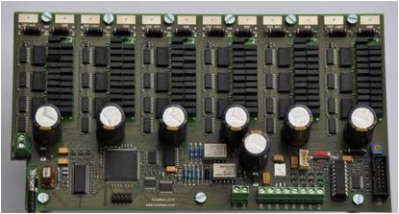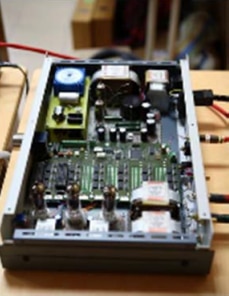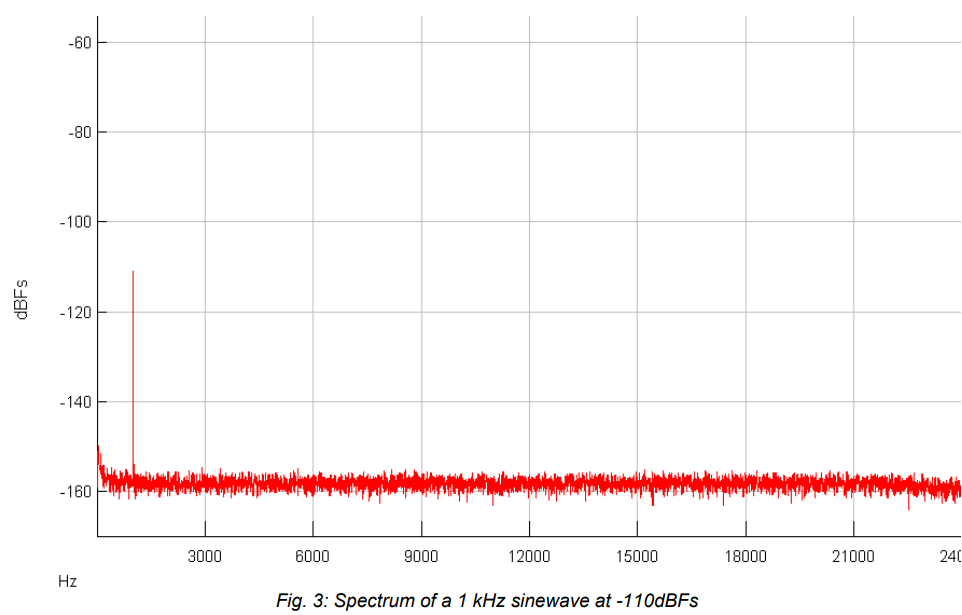Author: Vincent Brient, Inventor Chief Engineer, TOTALDAC
Industry/ Application Area
High-End Audio
Product Used
VSR series Bulk Metal® Foil resistors
Description of Case Study
To build the best-sounding audio multi-channel digital-to-analog converter (DAC), we tested DAC ICs from various suppliers before settling on a solution using an FPGA and 96 VSR series resistors per channel in a 3-channel configuration.
The Challenge
Our goal was to create a no-compromises DAC and digital crossover with 69-bit processing. The DAC is configured as an R-2R ladder. It is a 24-bit network using 0.01% resistors although these resistors can not easily provide a resolution higher than 14 bits.
The User Explains
At TOTALDAC, we build a DAC and digital crossover for high-end audio systems based on an FPGA and discrete resistors. The TOTALDAC board is assembled in an ISO 9001-certified factory in France and each board is inspected and its sound quality tested before shipping.
As I wanted to build the best sounding audio DAC, I tested the sound quality delivered by a number of mass-produced DAC chips from several well-known companies, including Analog Devices, TI, Philips, Cirrus Logic, Wolfson, and AKM.
Some of them were new old stock (NOS) chips known for their nice sound such as the TDA1541, TDA1545 (used in CD723), TDA1543, PCM56, AD1852 (used in Teac VRDS 25x), CS4328 (used in Helios Stargate), PCM1702 (used in many high-end CD players in the past), and PCM1704U-K.
Some were really nice, but never very accurate. I listened to them with and without oversampling whenever possible. I used a Pacific Microsonic PDM100 HDCD digital filter, one of the best digital filters available. I also listened to many new DAC chips from TI and Analog Device in particular. These usually required microcontroller programming. The sound was often a bit metallic. Lastly, I listened to the sound quality from a discrete R2R DAC made of simple 1% resistors. The musicality was there but some accuracy was missing. This was the starting point of my ultimate DAC solution.
After two years, five PCB revisions, and other improvements to the FPGA, I finally settled on the VSRJ 0.01% resistor. Although 96 discrete resistors per channel are used, the signal path is actually very short, going through the 0.01% resistors, into a C-L-C filter, through a capacitor, and then into the potentiometer.

Fig. 1: Each channel uses 96 pieces of VPG Foil Resistors' VSRJ 0.01% Bulk Metal Foil resistors
Once the prototype worked as expected, I contacted VPG Foil Resistors Europe to choose the most appropriate Bulk Metal foil resistors. While the VAR series resistors – components specifically designed for audio applications – may have been the absolute ideal resistors to be used, the VSR series through-hole resistors offered sufficiently impressive performance combined with a preferred price tag. That is of particular interest due to the high number of resistors used per channel. To my knowledge, no other DAC for the high-end audio market uses a 24-bit foil ladder configuration. The Bulk Metal Foil resistive technology is the absolute key factor for the success of this design.

Fig. 2: The 3-way TOTALDAC board uses 288 of these resistors.
Measurements
Figure 3 shows the quality of the DAC for an extremely low amplitude signal such as concert hall long reverberation. The noise floor on graphic FFT is as low as -156 dB, although 0 dB is really the maximum DAC level (1.6 Vrms). The measurements were done by a Rohde & Schwarz UPL audio analyzer. Only the second order harmonic distortion is visible, and is only at -126dB. The distortion would be lower with an operational amplifier, but I preferred the sound created by discrete transistors without global feedback. Some noise is visible at low frequencies, it is due to the mains power supply. A power supply regulator would remove this noise but I prefer the sound without global feedback in the power supply for the analog section.

Fig. 3: Spectrum of a 1 kHz sinewave at -80dBFs with the power supply and buffer board
Contact Information
- Vincent Brient
- Inventor Chief Engineer
- TOTALDAC
- Rennes,France
- URL: http://www.totaldac.com/
- Email: vincent_brient@yahoo.fr
